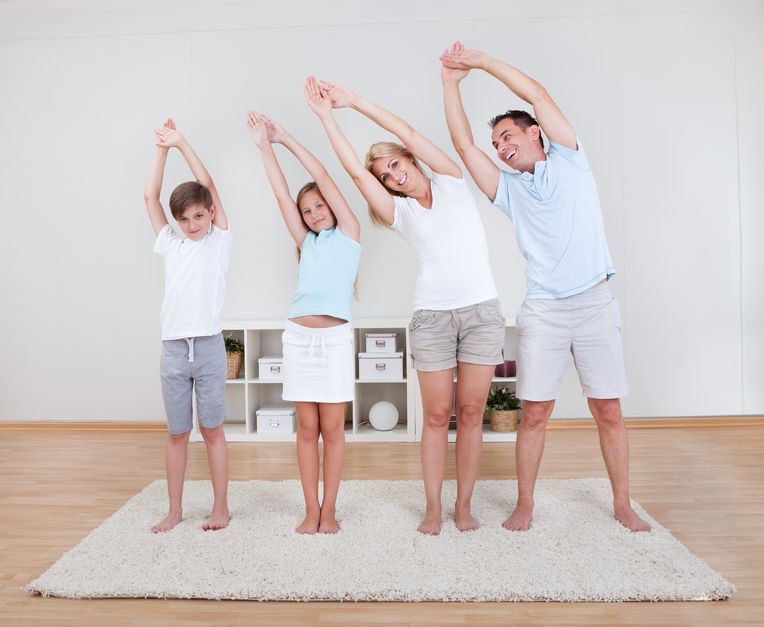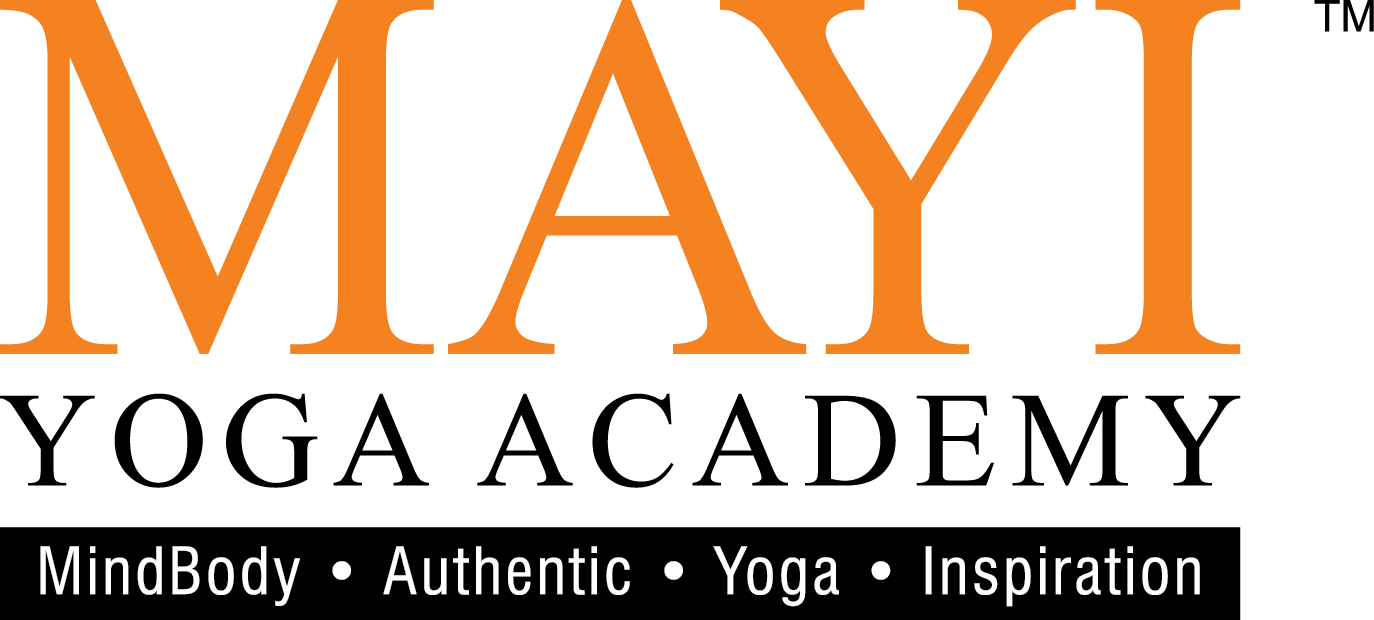Yoga and Super Learning
- July 15, 2019
- Posted by: admin
- Category: Super Yoga Kids Corner,

By Dr. Sumathi Raju
We live in a fast-paced world where everyone is chasing the elusive something or other, where research and development are happening at lightning speed and making it almost impossible to stay up to date, and people often forget to breathe.
In all this hustle and bustle we have handed over our independence, memory and to some extent our thought capacity to gadgets that help us plan, remember and in some instances even think for us – to the magnitude the thought of losing the gadget sends us into a panicked frenzy.
Go on, try it! Close your eyes, relax your body, take a deep breath in and out. Go ahead and think of a loved one you haven’t spoken to in a while and decide to make that call now. Slowly reach into your bag or back pocket and try to grasp your phone. Wait a minute!! It’s NOT there!! Dig deeper, dump all the contents out – STILL NOT THERE!!! Can you feel your heart racing, thumping strongly in your chest, your breath coming out in short ragged puffs, your skin flushed and your head feeling light… Oh dear, is it really all as hopeless as this? Is there help for ourselves and our future generations?
Enter super learning – a fast, effective way to learn vast amounts of new data. It helps to:
- Improve memory – imagine being able to remember lists, names, numbers, recipes, techniques, birth dates – who doesn’t want to be able to do that, and help children study and prepare for exams
- Learn a new skill
- Improve creativity
- Boost confidence

Are we not duty bound to provide our children with such a gift? And if you’re convinced and raring to go while wondering how Yoga fits in the equation, I’d like to share that the pieces of the puzzle fit nicely when family nurtures the practice of Asanas (physical postures), Pranayama (breathing techniques) and mind-training techniques in a conducive environment.
Let’s Begin with Some Movements!

Surya Namaskar, or sun salutation, is an ancient practice of expressing gratitude to and connecting with the life-sustaining sun while balancing the body’s energy system at both mental and physical levels through a sequence of 24 asanas that flow gracefully into each other. It is performed in a calm deliberate manner – giving one (child and adult alike) an opportunity to foster body awareness as well as practice synchronising the breath with movements, consequently improving concentration and making the practice meditative in nature. The slow, controlled movements improve circulation of blood, heat and prana while building and strengthening muscles and loosening up joints, hence improving flexibility. The asanas also help stretch and massage the internal organs while activating the endocrine glands.
All these collectively create a strong and flexible child who is keenly aware of himself and his surroundings. Having healthier emotional regulation skills, the child has a greater capacity for expression of empathy and kindness, in addition to increased self-confidence and an enhanced positive sense of self. The practice helps him manage stress through healthy movement, synchronised breathing, awareness and meditation whilst providing him with a much needed and a more wholesome alternative to zoning out through constantly being engrossed with electronic devices.
Then, We Focus on the Breath….
Once we have taken the necessary steps to address the physical body, we move our focus to the breath and life force through the practice of “Pranayama”. Pranayama is a Sanskrit word made up of two halves, ‘prana’ and ‘ayama’ and is most often translated to mean ‘expansion of life force’. The practice of pranayama trains purposeful, conscious breathing techniques, which are important lifelong skills for children to learn.
Pranayama practice improves respiratory function by improving oxygenation right down to the cellular level. This helps to increase the child’s energy levels, thereby improving performance in studies and sports leading to an improvement in levels of confidence. Pranayama practice also quickly balances energy, controls stress and stabilises mood by stimulating the parasympathetic nervous system, which regulates the body and brings about the relaxation response. Yogic Pranayama (abdominal breathing), Nadi Shodhana (alternate nostril breathing) and Brahmari Pranayama (Humming-Bee breath) are examples of pranayama techniques that can be easily taught to children for achieving efficiency in respiration as well as balance the two hemispheres of the brain, resulting in a calm and focused state.

More and more research reveals that children who regularly practice yoga asanas, pranayama and mindfulness activities are more likely to engage in healthy physical activities, are better equipped to regulate their emotions and manage their stress, and are therefore, much calmer.
Children who are healthy, calm and focused, who are fuelled by curiosity and creativity, are much happier and learn more readily and easily.
Parents, We Gotta Walk the Talk!
As parents we can do so much to support our children in developing a well-balanced personality. First and foremost, it is vital that we lead by example. Do you have your own yoga practice plan? You don’t have to be an advanced yogi (although that would no doubt be awesome). Do you take a few minutes each day to practice mindful awareness maybe? Or do you have a ritual that calms and centres you, preparing you for the day ahead? Children learn a lot more from our non-verbal cues than from what we say to them (probably because what we’re saying is often contrary to what we’re doing).
When the adults in the family have our own practice scheme, we will be more aware and available for our children. And being available helps us see clearly each child’s own unique personality and nurture it. Something else that we can teach by role modelling and through discussions are the yogic principles: the Yamas (restraints) and Niyamas (practices), which teach kindness, compassion, truth, self-restraint, generosity and contentment, among others.
Watching us approach our own practice with dedication and enjoying it, will no doubt pique the children’s interest and inspire them to give it a go themselves. So, when they do, welcome them with open arms and have light-hearted fun with them. Allow them the freedom to explore and give them a safe space they feel comfortable in so that they are compelled to return each time, for a little more.
Create a clear and consistent routine around the practice. Children (and many adults) thrive on routines. Try to maintain similar timings – in the morning before breakfast or at night before bed for example, or any other time that will work consistently for your family. And once we’ve started with a sequence of practice – try to maintain the similar sequence until everyone is familiar and comfortable with it; in fact, comfortable enough to lead the rest of the family in the practice. Children love familiarity as it gives them a sense of security, and leading the practice develops confidence and leadership skills.
….and Make it Fun!
Remember to have fun! Break some rules, make some noise! Nothing is set in stone! Compromising alignment initially in exchange for participation and engagement is not a crime. After all, there is no perfect pose. As the child becomes comfortable and secure, and willing to consistently participate, the alignment can be addressed. A child’s first language, after all, is play. Most of us have forgotten or chosen to ignore the child within in the rush to get through the day as efficiently and productively as possible. There’s no time for anything frivolous and fun is a definite no-no! Children don’t get all that “seriousness”. They are managing just fine with their sense of curiosity, fun and adventure. For the time that we are with our children, try to reconnect with that “fun loving child” within and reach out from that space and watch the magic unfold – not only for our children but also for ourselves.

Communicate clearly and creatively – yes, it will seem like quite a chore in the beginning if it’s not something we are used to, which is why our own practice becomes so important. And as we stick with our routine, connect to our fun-loving inner child and keep at it (children will gladly help us out on this one if we allow them the space, trust me), it becomes effortless and we wouldn’t want it any other way. Understand and recognise that our children may experience frustrations – from the lack of understanding, perfection, and the perceived lack of support and many other things. These are ideal moments to reach out to them and help them understand their emotions and behaviours while sending the strong message that they are valued and loved just as they are.
We want to use every opportunity we have to reinforce behaviours that will raise a well-balanced, resilient, self-motivated child.
Remember to praise the effort and not the result.
Results are variables and quite often not within anyone’s control. However, the attitude of the child while taking on or seeing a task through is more consistent. We would all love our children to be curious, creative, confident and responsible with strong decision-making skills. The path to that is by recognising the physical mental and emotional effort the child has put into the task and acknowledging it – showing our children: “Hey, can you see you are capable and did all this?” Making the child visible to him or herself and fostering a strong and positive sense of self.
A Healthy Family is One that Learns Together!
The easiest way to engage children in practice other than through play is through practising partner poses. Children always, always want a connection with us. Immaterial of what behaviour shows up, the plea is always the same: See me! Hear me! Love me! And as parents, isn’t that what we want more than anything else in the world as well? Partner poses help in maintaining consistency. They tell our children: “Hey, I’m on the mat with you and this is my sacred time with you, for you, because you matter to me and you are valuable, and I love you.
I’m not ordering you to practice, I’m in this with you, as I am every step in your life.”

Of course, all of the above sounds great in theory (and it is very attainable, as overwhelming as it might sound in the beginning), but what if we’re struggling to maintain a routine or don’t feel confident in guiding our children or just don’t know how to? Enrol in a class. Enrol the child in a class and find out from the teacher how we can best support them or even better if there is a family yoga class near you enrol the whole family. Investing some quality time with the family will do wonders in strengthening the family’s bond while making our little ones feel loved and secure and receptive to all the wonderful learning experiences in life.
